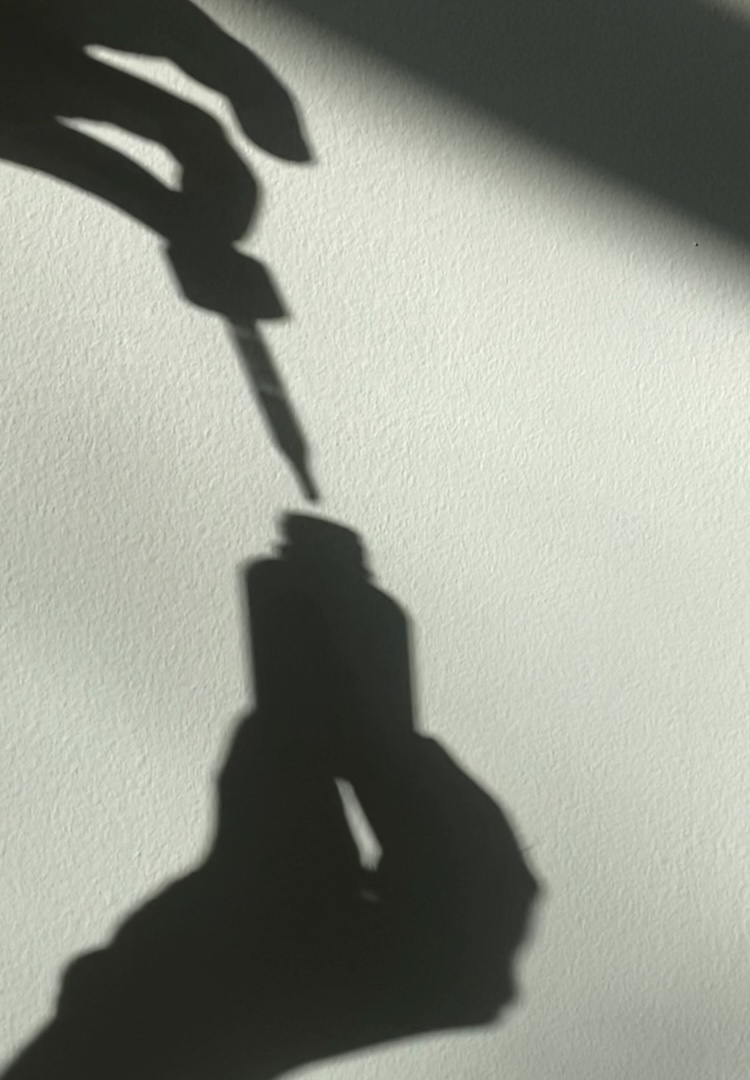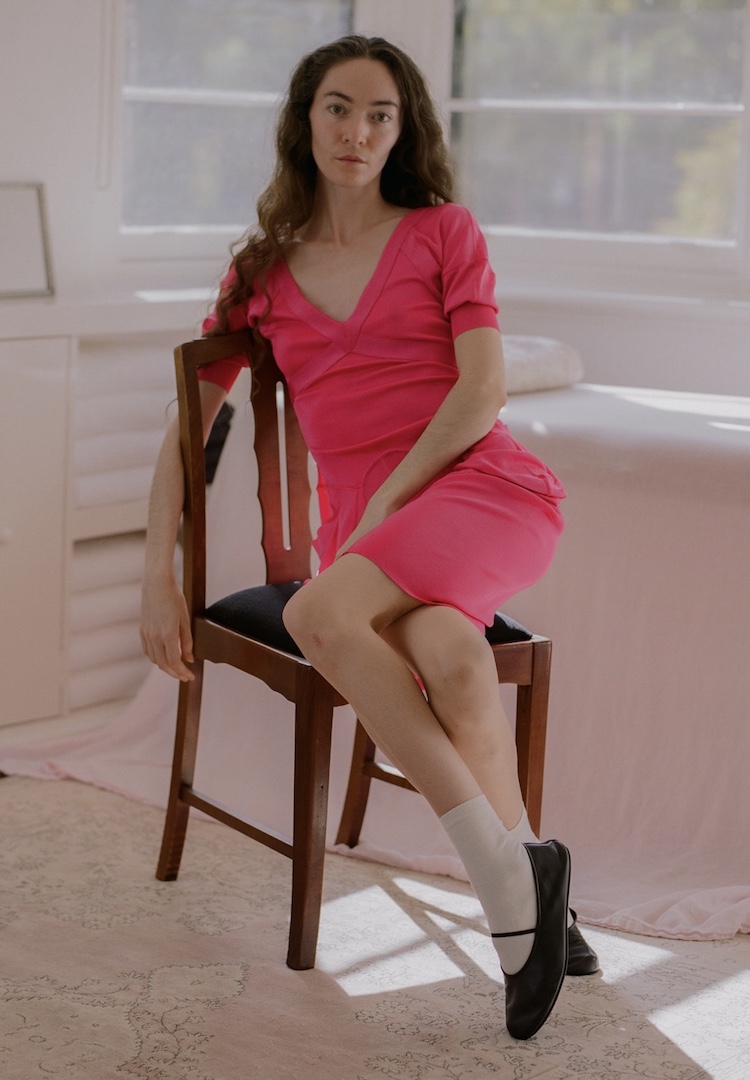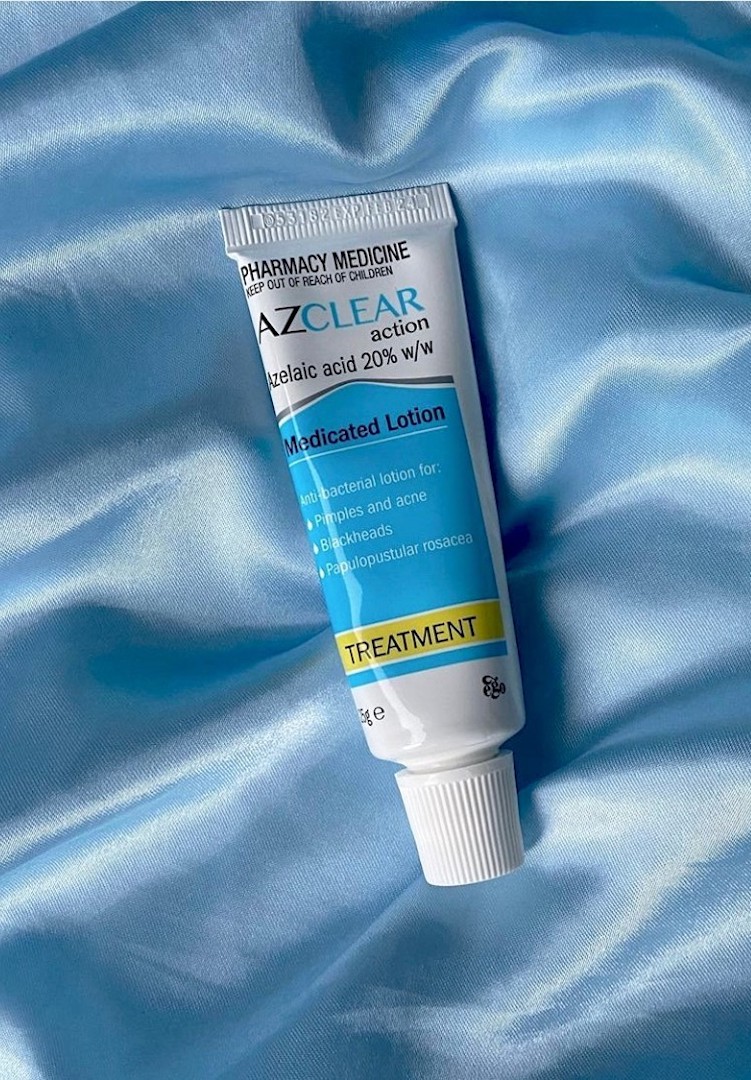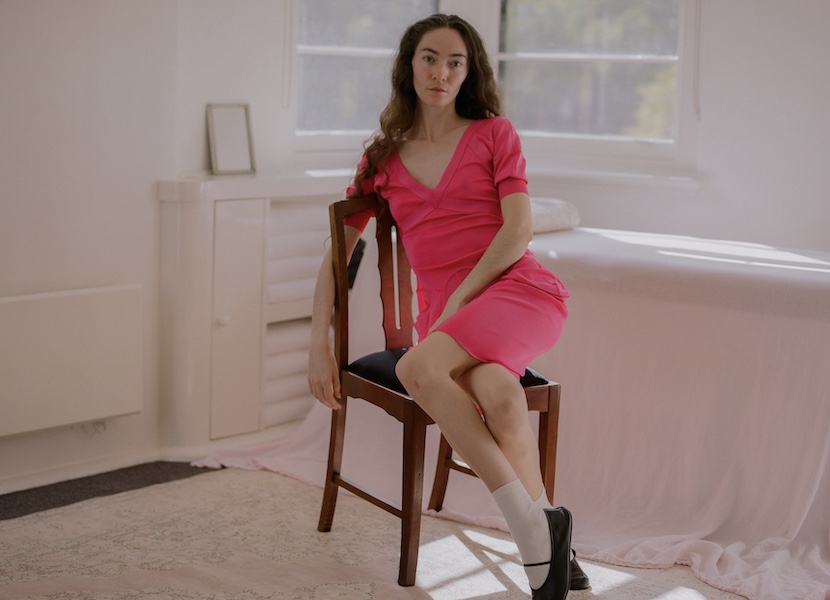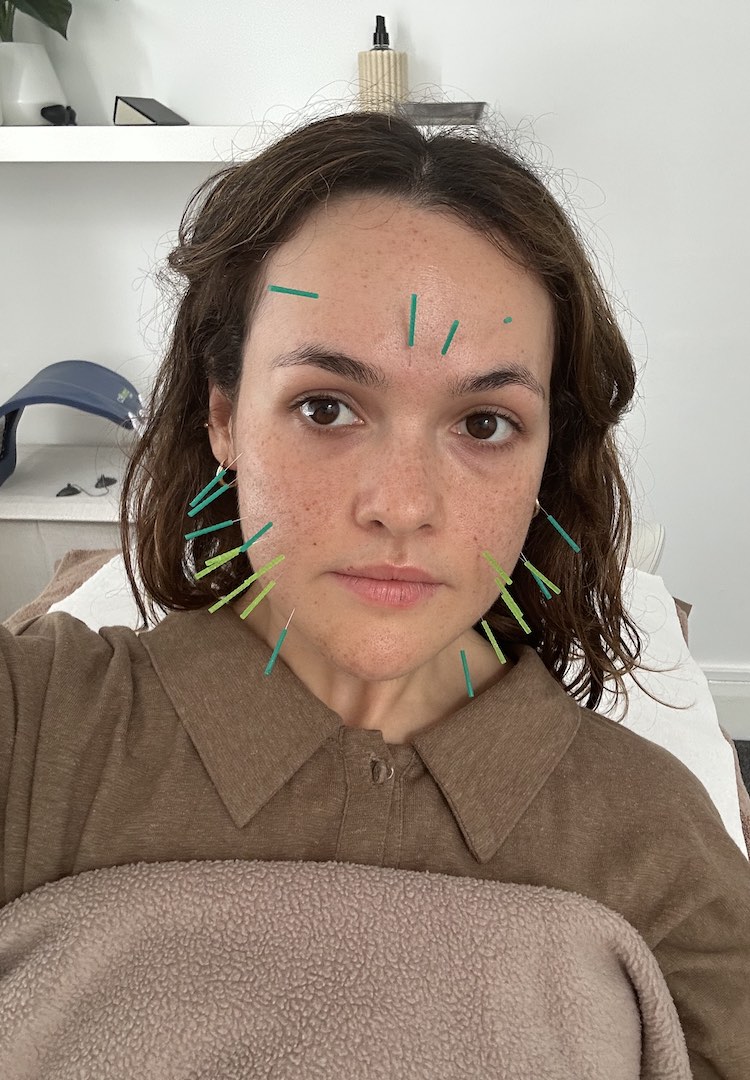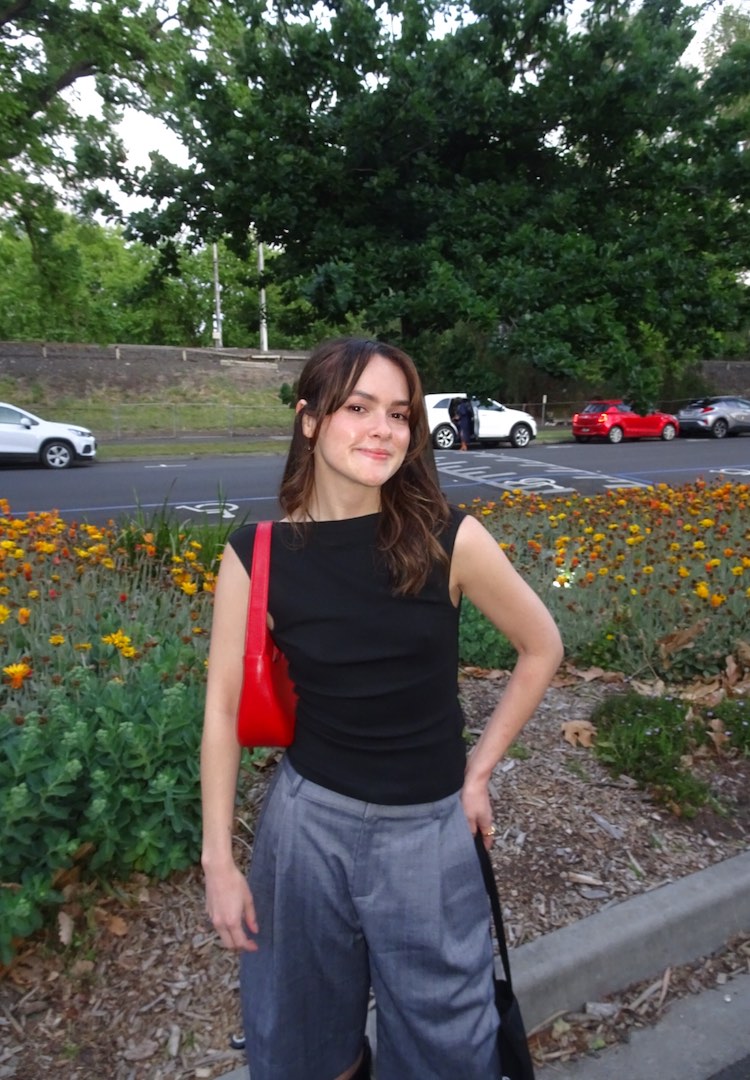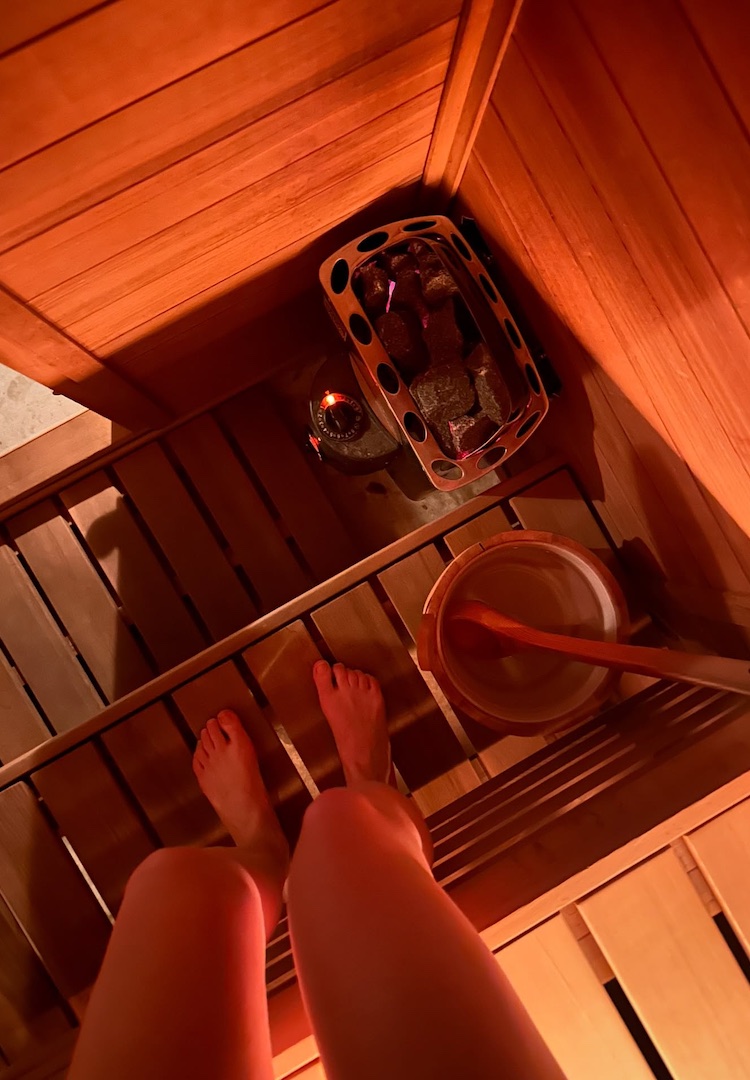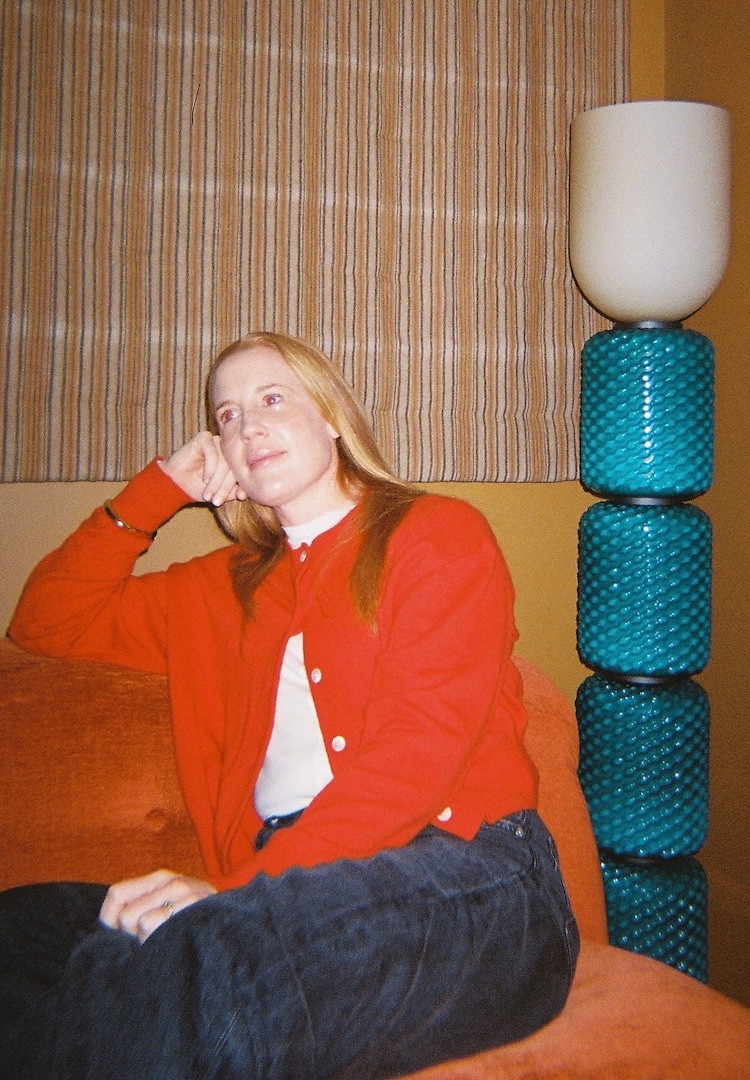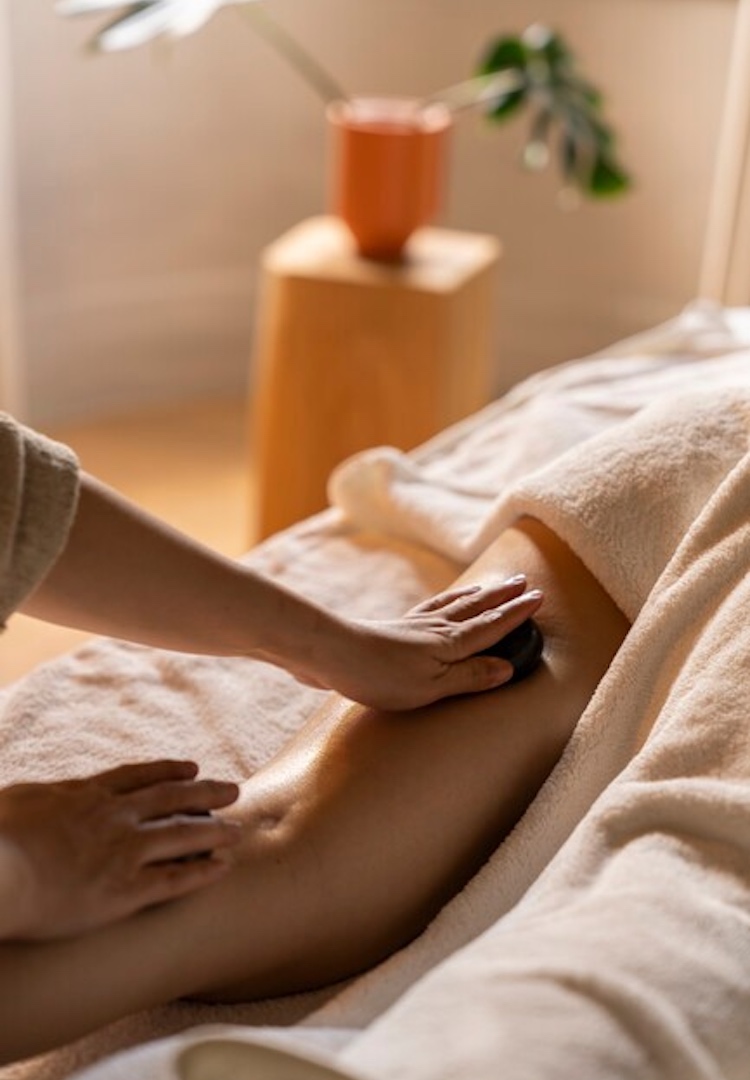“Like ballet on your face”: How a kobido facial changed my skin
Photography by Anna Denton
Words by Lara Daly
“She’d linger over a pressure point between my brows, draining tension in a way that felt like my face was unfolding.”
Last weekend, I found myself lying on a massage bed in the afternoon sun while an extremely chic woman performed ballet with her fingertips on my face for 70 minutes. It was a facial like I’ve never had before – I left feeling lighter, looking brighter and smelling of strawberry oil.
I’d first heard about kobido a month prior, from Melbourne-based specialist, Madeleine Iona Lukács Smith. Kobido is a form of facial massage that began in Japan in the 15th century and it’s known for a range of aesthetic and therapeutic benefits, with some fans calling it the ‘French woman’s facelift’.
For more skin treatment road tests, check out our Beauty section.
In fact, it was in France where Madeleine first learnt the art of kobido, training in Paris with Institut Takumi Finch, under one of the few kobido masters, Sandrine Takumi Finch. “You learn very distinct movements, along with anatomy and physiology, of course. These movements have been around since the 15th century, so to say you need to get them right is an understatement,” Madeleine tells me.
The French as well as the Japanese love kobido for its lifting and sculpting results. Muscle tension is relaxed, increased blood circulation enlivens the skin, lymphatic drainage clears away puffiness. “Kobido results in a deep glow, not a surface level glow,” Madeleine says. “I call it acute radiance. I’m offering a singular treatment that still exists hundreds of years after its inception, because it works.”
After intensive training and years finessing her technique, Madeleine now runs her own practice, Swan Light, from a light-filled second-storey studio in South Yarra. The minute I entered the space, I felt a sense of calm wash over me, knowing I’d soon be flat on the bed by the large window, the late afternoon sun filtering through the tree tops. After a gentle oil cleanse, she began my kobido treatment.

If you’re picturing a buccal facial or face gym workout, this is different. Kobido includes very effective lymphatic drainage techniques – fast, light fingers tapped across my skin like a piano solo rising to a crescendo. I drifted in and out of a deep meditation, sometimes forgetting that the instrument on my face was human hands.
“Sometimes the smallest part of one finger will brush someone’s cheek for a millisecond,” Madeleine explains, “Then you repeat this movement 50 or 100 times in the space of a minute and the cheekbone pops.”
Occasionally, she’d linger over a pressure point between my brows, draining tension in a way that felt like my face was unfolding. There was no steaming, scrubbing or stinging. Just over an hour of precise massage movements and pure bliss.

When it comes to treating your skin these days, your options are truly endless: lasers, peels, vampire facials, injectables, extractions, the list goes on. Looking for the most bang for my buck, I usually go for the ‘clinical results only’ kind of treatments, that range from uncomfortable to straight-up painful. I forgot how nice it was to do something that I enjoyed as much for the process, not just the before-and-after picture.
I told Madeleine after the treatment that this was the first facial that didn’t make me feel somewhat bummed out about the state of my skin. She understood. “When it comes to beauty, I think that feeling good still gets left out of the conversation. Or, feeling good comes second, because looking good comes first,” she says. “I’m not rejecting anyone else’s idea of beauty and I’m not rejecting traditional facials or cosmetic injectables. I’m suggesting that there’s more to the story, and we can write it to reflect our values.”
I’d been thinking about that a lot lately, about my values when it comes to beauty maintenance. A big part of it stemmed from reading Dazed Beauty Editor, Ellen Atlanta’s book, Pixel Flesh, which forced me to unpack the ways I interact with beauty culture. How many treatments do I do out of enjoyment, versus obligation? It’s a confronting question.

“I believe kobido supports the idea that when we actually feel good, feel supported, feel like ourselves, that’s when we feel beautiful. It’s also when we look beautiful,” Madeleine explains. I think that’s why I almost forgot to look at myself in the mirror, post-treatment.
Where I’d normally jump to analyse every pore on my face after a clinical facial, this time I just knew I looked like the most glowing version of myself. A glance in the hand-mirror confirmed this and I was happily sent on my way, with a complimentary vial of rosebud-hued face oil in my hand.
To book your kobido facial massage with Madeleine, head here.

